Description Gynaecosid Tablets combine Methyloestrenolone (a progestin) and Methyl Estradiol (an estrogen derivative) to address hormonal imbalances in women. These active ingredients work synergistically to reduce estradiol-17-beta steroid activity, stabilizing endometrial and hormonal responses. This oral tablet is designed for women experiencing menopausal or menstrual irregularities, providing relief from urogenital symptoms and supporting hormonal balance. It is typically prescribed for short-term use under strict medical supervision due to its potent hormonal effects.
Ingredients Methyloestrenolone, Methyl Estradiol.
Drug Class Progestin and Estrogen Combination / Hormonal Therapy.
Dosage Form Tablet (Pack size not specified; typically 10 or 20 tablets per strip).
Uses Gynaecosid Tablets are prescribed for:
- Managing irregular menstrual periods.
- Relieving urogenital symptoms (e.g., vaginal dryness, irritation).
- Treating post-menopausal vaginal atrophy.
- Reducing urinary urgency and frequency.
- Alleviating dysuria (painful or difficult urination).
Doctor’s Review Dr. Sana Iqbal, a leading gynecologist in Lahore, highlights the targeted role of Gynaecosid: “Gynaecosid is highly effective for women with menopausal urogenital issues or irregular cycles, balancing estrogen and progestin to ease symptoms. Its precise dosing every two days is critical to avoid hormonal overload, and I always monitor patients closely for side effects like bleeding or hypertension.”
Dosage (Follow physician’s instructions — typical guideline)
- Adults: 1 tablet every two days, as directed.
- Duration: Typically short-term (e.g., 10-20 days per cycle); follow doctor’s guidance.
- Not for children or men; adjust in hepatic/renal impairment.
- Do not exceed prescribed dose to avoid hormonal imbalance.
In Case of Overdose Overdose may cause severe nausea, vomiting, withdrawal bleeding, or hypertension. Seek immediate medical attention. Treatment is supportive, including monitoring vitals and hormonal levels; no specific antidote exists. Contact a poison center for guidance if symptoms like dizziness or severe abdominal pain occur.
Missed Dose Take the missed dose as soon as remembered on the same day. If a full day has passed, skip it and resume the every-two-day schedule—do not double up. Consult your doctor to adjust for repeated misses to maintain therapeutic efficacy.
How to Use
- Swallow tablet whole with a glass of water, with or without food.
- Do not crush or chew to ensure proper release.
- Take consistently every two days at the same time for steady hormonal effects.
- Track menstrual or symptom changes in a journal for doctor visits.
- Avoid self-adjusting doses—follow prescription strictly.
When Not to Use Avoid Gynaecosid if:
- Diagnosed with mammary (breast) cancer.
- Intolerant or allergic to Methyloestrenolone, Methyl Estradiol, or excipients.
- Experiencing undiagnosed genital bleeding.
- Pregnant or breastfeeding (fetal/newborn risk).
- History of thrombosis (e.g., DVT, pulmonary embolism).
- Severe liver or kidney disease.
Side Effects Common:
- Nausea, vomiting, abdominal pain.
- Breast tenderness, withdrawal bleeding.
- Drowsiness, hypertension.
Uncommon / Severe (Stop and seek medical help):
- Severe allergic reactions (rash, swelling, breathing difficulty).
- Persistent or heavy vaginal bleeding.
- Signs of thrombosis (leg pain, chest pain, shortness of breath).
- Severe headache or vision changes.
Precautions & Warnings
- Follow prescribed dosage and duration exactly to avoid hormonal complications.
- Report undiagnosed vaginal bleeding immediately—may indicate serious conditions.
- Monitor blood pressure regularly, as hypertension is a risk.
- Use cautiously in patients with a history of liver, kidney, or cardiovascular issues.
- Avoid in women trying to conceive, as it may disrupt ovulation.
- Stop if signs of thrombosis or severe mood changes occur—seek urgent care.
Drug Interactions
- Hormonal contraceptives: May alter efficacy or increase side effects—avoid concurrent use.
- Anticoagulants (e.g., warfarin): Risk of bleeding changes; monitor INR.
- CYP450 inducers (e.g., rifampicin, phenytoin): May reduce hormone levels.
- CYP450 inhibitors (e.g., ketoconazole): May increase hormone levels, raising side effect risk.
- Aromatase inhibitors or tamoxifen: May interfere with breast cancer therapy.
- Always inform your doctor of all medications, including OTC and herbal supplements.
Food Interactions
- Can take with or without food; no significant interactions noted.
- Limit alcohol to reduce risk of nausea or liver strain.
- Avoid grapefruit juice—may affect hormone metabolism.
- Maintain a balanced diet to support overall hormonal health.
- Stay hydrated to ease potential digestive side effects.
Storage/Disposal
- Store at room temperature (15-30°C), away from direct sunlight, heat, and moisture.
- Keep in original packaging, out of reach of children and pets.
- Do not use past expiration date; check package for details.
- Dispose via pharmacy take-back programs; do not flush or trash to prevent misuse.
Quick Tips
- Mark your calendar for every-two-day dosing to avoid misses.
- Report new or worsening symptoms like bleeding or leg pain immediately.
- Check BP at home if advised by your doctor.
- Avoid alcohol or smoking to minimize hypertension risk.
- Never self-medicate—always consult your gynecologist.
Disclaimer This information is provided for educational purposes only and does not replace medical advice. Use only under the supervision of a licensed physician. Do not self-medicate.


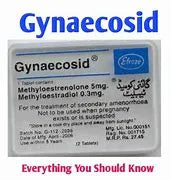
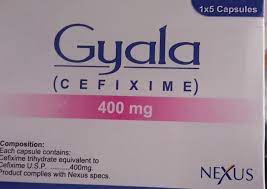
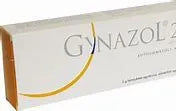
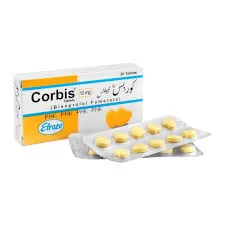

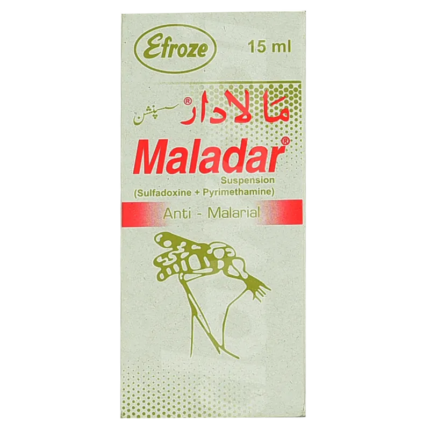
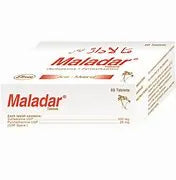

Reviews
There are no reviews yet.